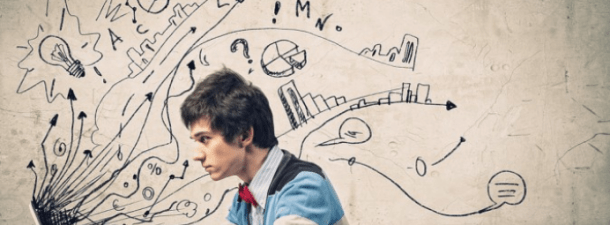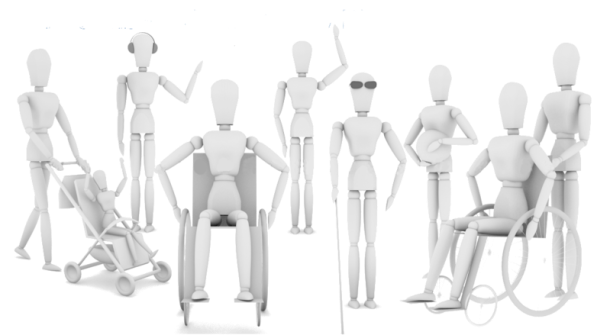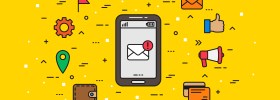The World Health Organisation and the World Bank estimate there are one billion people with a disability on the planet today.
The truth is this number is misleading because in fact it refers mainly to people either with a “traditional” or a severe disability.
Today we need to re-look at the figure in the context of an ageing population. And this is a matter for everyone to consider; it is about those who are “disabled” and those not yet “disabled” – indeed this is the finding of the latest analyst report on the topic: “Digitising the Disabled Billion – Accessibility Gets Personal”. The ticking time bomb of age, combined with the temporary disability during our daily lives all means that this is becoming a more mainstream topic.
Microsoft’s Chief Accessibility Officer puts it this way: He believes the company’s mission in this space is to enable people throughout the world to realise their full potential regardless of age or ability to improve experiences for everyone. IBM goes further to say it is committed to designing and delivering human-centric solutions that personalise experience on any device so everyone, has equal access through innovation.
Certainly at Telefónica, we are convinced that technology should be available to every person, business and public administration.
Fundamentally, mainstream technology in many forms is allowing sensory replacement for both input and output from a person with a disability. The services on these devices, coupled with input from wearables and a smarter environment around us, allow people to communicate in alignment with their limitations as well as interact with the digital world around them.
That is all very well, but with thousands of devices and services on the market, where do you start looking for the right product to meet a specific need? Wouldn’t it be great if someone had thought of putting a list of inclusive devices and accessibility features together?
Well, someone has. It’s called GARI, the database of the “Global Accessibility Reporting Initiative” and it brings together the latest trends and special phones not only for people with disabilities but it also helps consumers to find a device with the accessibility feature that works best for them; it could be something as simple as how to adjust the light contrast to perhaps needing a text to voice function while you’re driving – all these functions are explained. And they are gradually moving from being seen as specialist technology to part of the universal design.
Ultimately human abilities must be considered together with situational constraints to create usable experiences in the modern mobile world because in the end people-centric experiences will be the key to unlocking each person’s potential.
Images from | Wikimedia Commons, Futurilla (Flickr)











